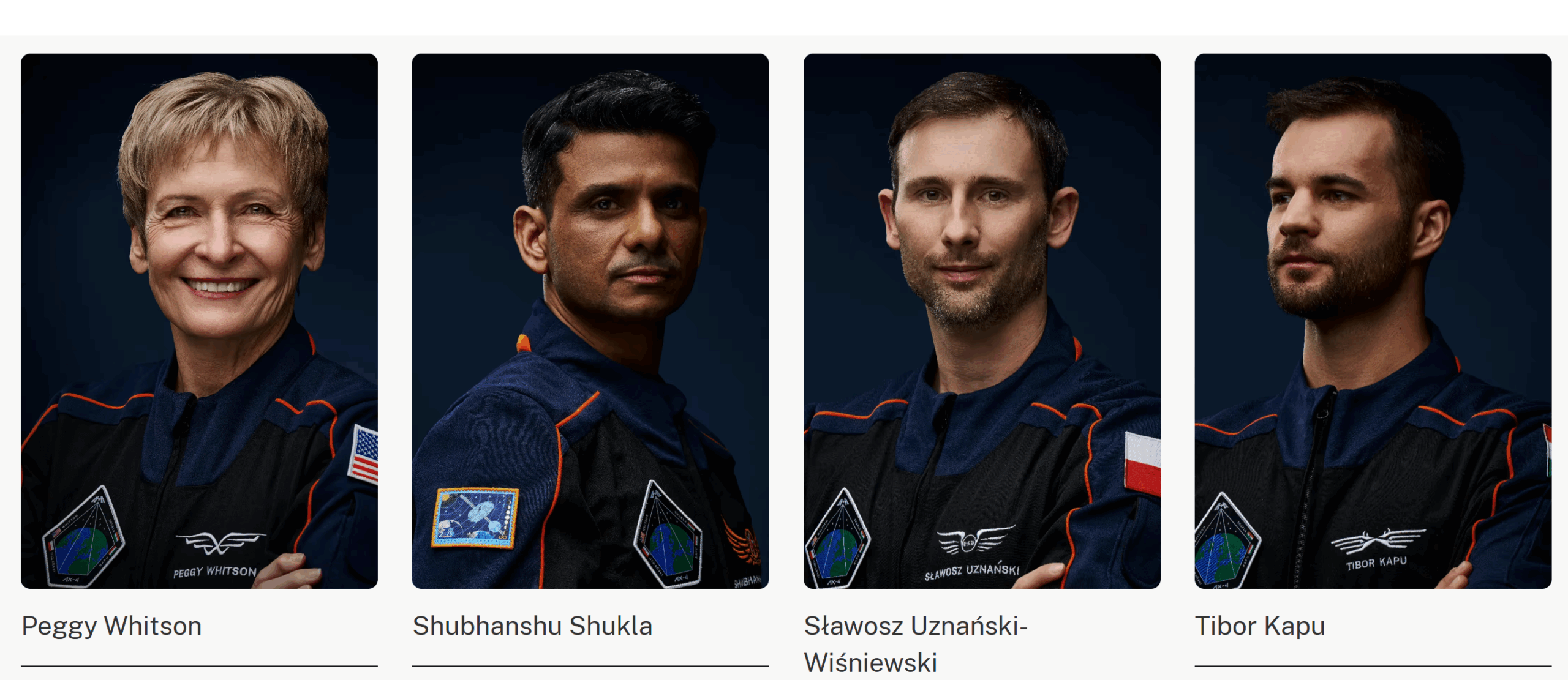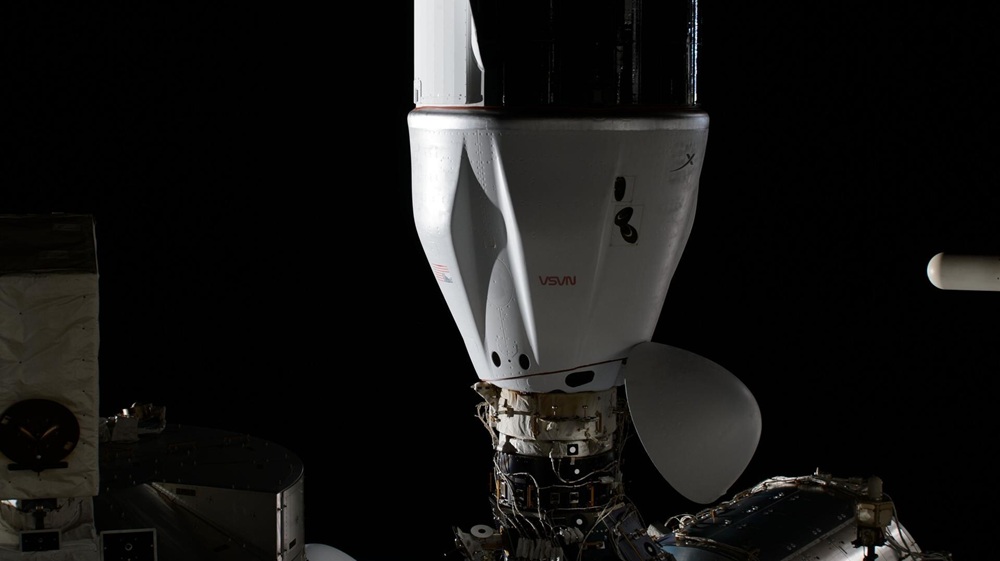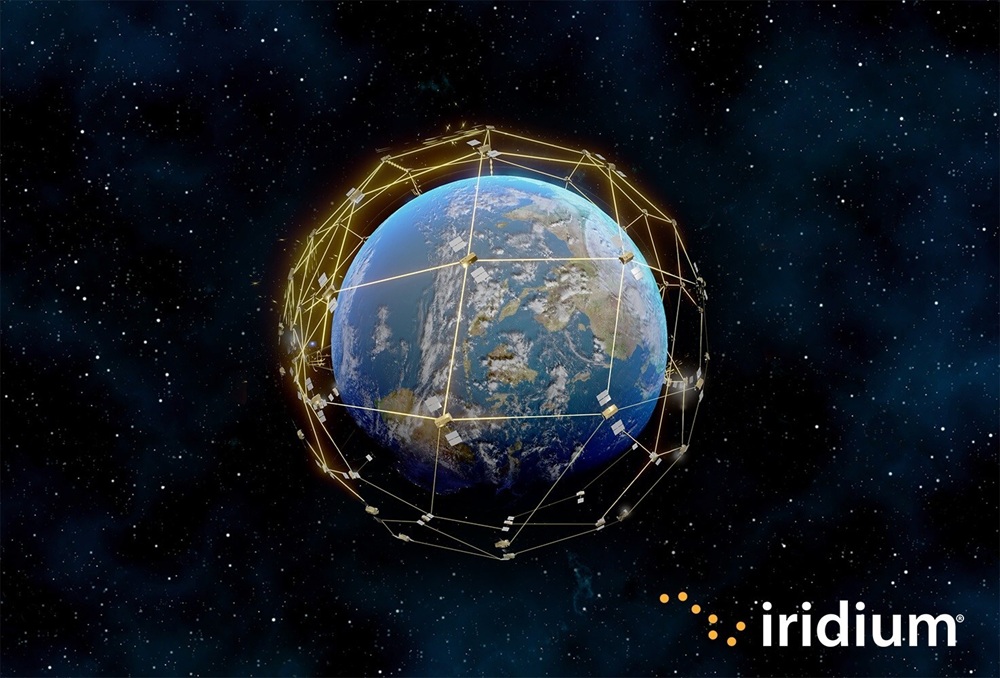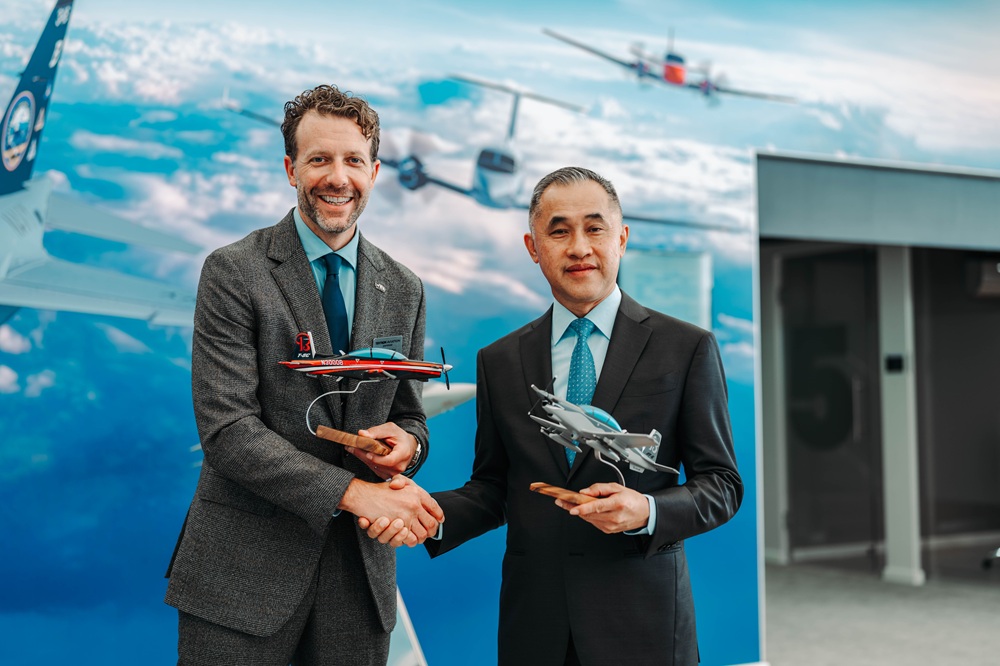The Axiom-4 Mission astronauts safely splashed down in the Pacific Ocean near the southern California coast of San Diego on Tuesday.
The Ax-4 astronauts returned to Earth after 18 days aboard the International Space Station.
On Monday, July 14 at 7:15 a.m. ET, Dragon autonomously undocked from the International Space Station. After performing a series of departure burns to move away from the space station, Dragon conducted multiple orbit-lowering maneuvers, jettison the trunk, and re-entered Earth’s atmosphere for splashdown off the coast of California 22.5 hours later at approximately 2:31 a.m. PT on Tuesday, July 15.

The Ax-4 crew included members from India, Poland, and Hungary, marking each nation’s first mission to the space station in history and second government-sponsored human spaceflight mission in over 40 years.

- Peggy Whitson commanded her second commercial human spaceflight mission, adding to her standing record for the longest cumulative time in space by an American astronaut.
- ISRO Gangayan Shubhanshu Shukla became India’s second national astronaut to go to space since 1984.
- Sławosz Uznański-Wiśniewski, European Space Agency (ESA) project astronaut, is the second Polish astronaut since 1978.
- Tibor Kapu is the second national Hungarian astronaut since 1980.
Ax-4 is the second commercial spaceflight mission made up of government and ESA-sponsored national astronauts.
The Ax-4 mission stands as a beacon of opportunity for India, Poland, and Hungary, each poised to leverage this mission to advance their national space programs.

The Ax-4 research complement included around 60 scientific studies and activities representing 31 countries, including the U.S., India, Poland, Hungary, Saudi Arabia, Brazil, Nigeria, UAE, and nations across Europe. This was the most research and science-related activities conducted on an Axiom Space mission aboard the International Space Station to date, underscoring the mission’s global significance and collaborative nature to advance microgravity research in low-Earth orbit (LEO).
The mission emphasized scientific portfolios led by the U.S., India, Poland (in partnership with ESA), and Hungary. It aimed to boost participation in these countries by involving diverse stakeholders, showcasing the value of microgravity research, and fostering international collaboration. These studies enhances global knowledge in human research, Earth observation, and life, biological, and material sciences, demonstrating the space research capabilities of the crew’s home nations.





